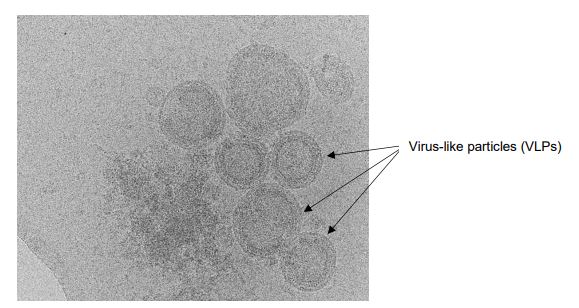Characterization of Bionanoparticles by biophysical methods
SUPERVISOR: Alois JUNGBAUER
PROJECT ASSIGNED TO: Viktoria MAYER
The bionanoparticle (virus, virus-like particles or VLPs, exosomes, etc.) detection, quantification and identification includes various challenges. The main reason for the challenging detection, quantification or identification is the complex structure of the bionanoparticles as they may contain many proteins, lipids and sometimes nucleic acids. To allow the development of new analytical methods, highly pure material is needed. This will be achieved by using different chromatographic resins and purification principles. Several cell culture supernatants containing for example Influenza VLPs, Measles virus and HIV-1 GAG VLPs, derived from baculovirus/insect cells and Vero cells, will be used for development of analytical methods.
HPLC-MALS-chromatography will be developed considering different types of chromatography supports and chemistries. Additionally, asymmetrical flow field flow fractionation (A4F) coupled to a MALS and DLS detector will be used for method development for separation and online characterization of the different particles contained in a sample. FACS measurements will be developed as well for fast offline particle concentration calculations. Moreover, available analytical methods like Nanoparticle Tracking analysis (NTA) and cryo-electron microscopy (EM, Figure 1) will be used as orthogonal methods.
The main goal of this PhD project is the development of new analytical methods for fast and reliable bionanoparticle characterization. These methods should allow robust in-process control from the beginning, product quantification in complex mixtures like crude material, accurate yield determinations and faster process development.

Figure 1: cryo-EM picture of HIV-1 GAG virus-like particles
